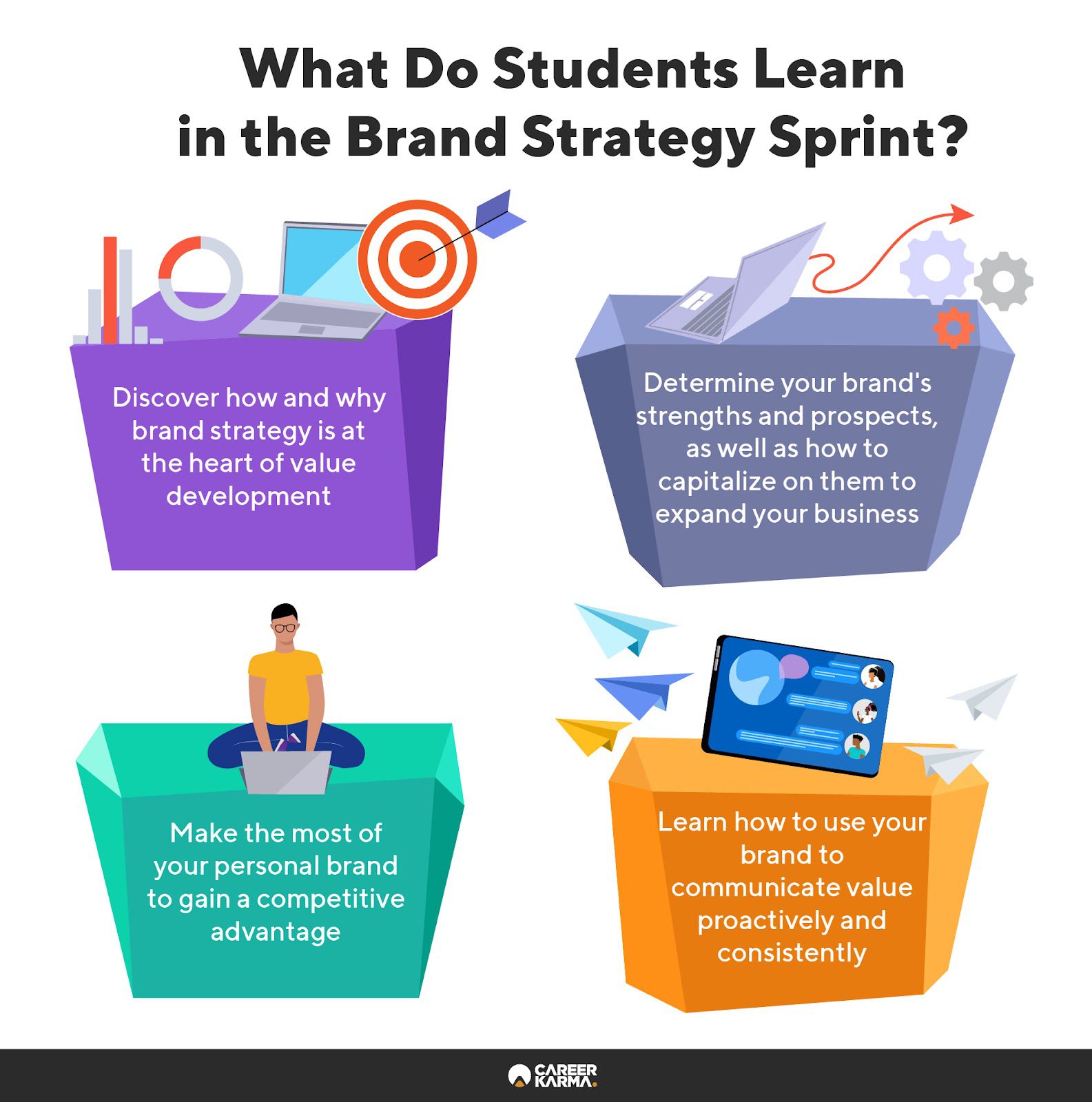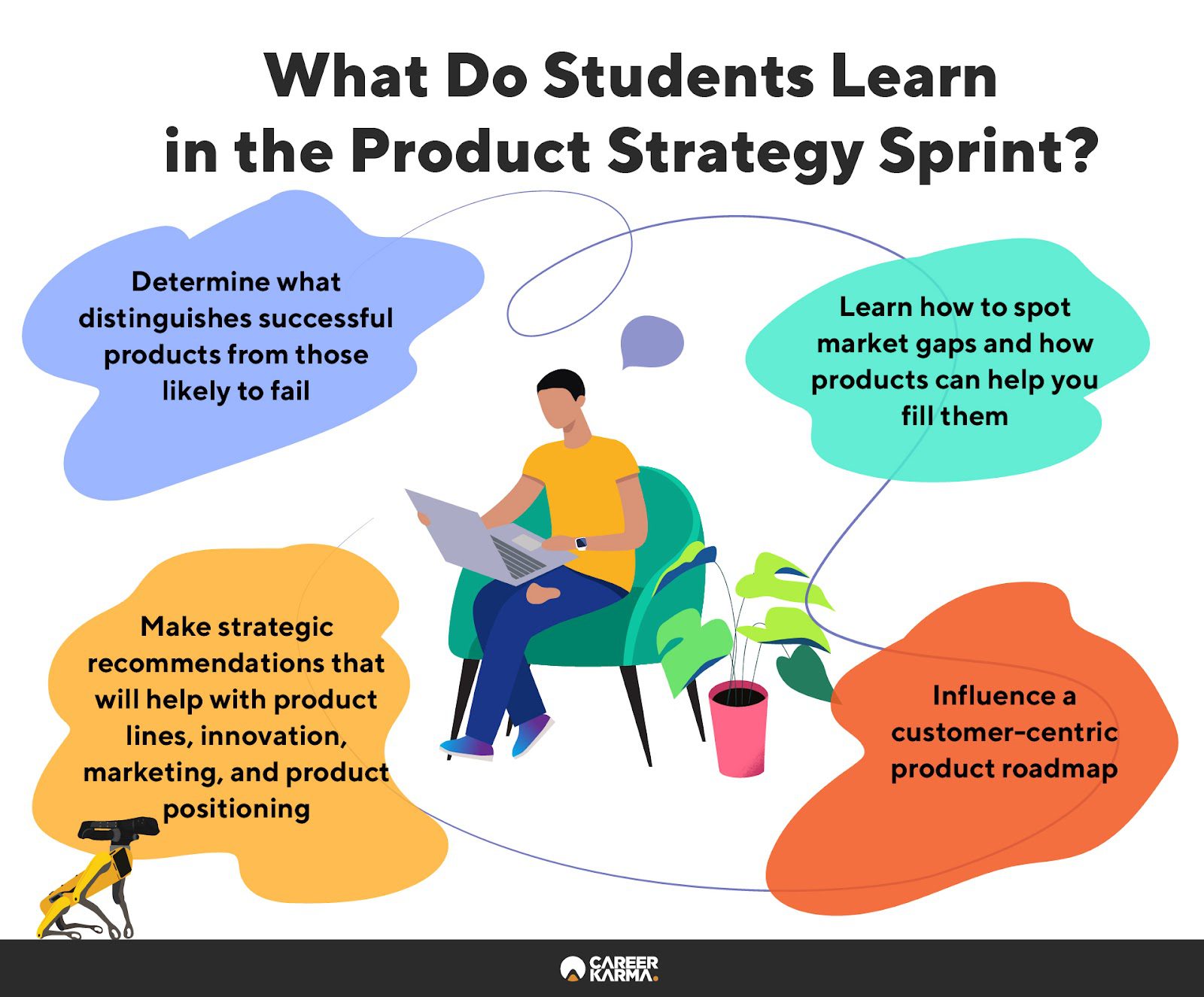If you’ve earned your way to management or the executive suite, you understand how important it is to stay ahead of the curve. But you also know there’s a limit to what you can learn through self-instruction.
Section4 is a solution for the modern leader. It’s an online learning platform that gives you the tools to improve your career prospects and business impact by upskilling in crucial ways.
Section4 offers quality business education for busy professionals and those looking to stay ahead of the curve.
Pick a Section 4 course that suits you.What Is Section4?
Section4 is an online business education platform that delivers high-quality, engaging business education at an accessible price. Students learn from top business school professors and change-making practitioners in two- to three-week sprints, plus lectures, networking events, and more. Each sprint is a fast-paced online course with a mix of live and recorded instruction. The sprint focuses on implementing what you’ve learned into your daily work.
Scott Galloway, serial entrepreneur and NYU Stern Professor of Marketing, established Section4 in 2019 to bring responsive education options to entrepreneurs, strategists, and busy professionals. He also teaches the Brand Strategy and Business Strategy Sprints.
Below is a preview of two of Section4’s sprints, which we feel bring their mission of expanding access to elite business education to life.
The Brand Strategy Sprint

Brand strategy is one of the most important parts of value creation for a business. A well-managed brand can become a household name by reaffirming its value at every stage of the customer journey.
Scott Galloway teaches the Brand Strategy Sprint at Section4. He knows firsthand how important branding is to a successful business. His personal brand as a truth-telling business expert has earned him 461,000 followers on Twitter, several book deals, and many speaking engagements.
In this sprint, students learn the central tenets of constructing and establishing a brand, including identifying a brand’s strengths and opportunities, improving a firm’s value proposition and competitive differentiation, making strategic recommendations on resource allocation, and more. Below are some additional lessons from the sprint:
- Quality cues. Brands use signals to demonstrate excellence to consumers through the product, positioning, or marketing.
- Laddering. Brands use laddering to make themselves look great while making competitors’ brands look inferior.
- Brand Pillars. Companies build a long-lasting brand by focusing on the three pillars of relevance, sustainability, and differentiation.
- Crisis Management. Even the strongest, most trusted brands will encounter a crisis. How the company responds to that crisis defines a firm’s longevity.
The Product Strategy Sprint

There’s no magic wand you can wave to get a successful product. But there are many lessons you can learn from successes and failures to give new products a competitive edge.
In this sprint, students learn the principles of designing a winning product, including how to:
- Identify characteristics that distinguish successful products from failed ones;
- Prioritize user-centered product development; and
- Make actionable strategic recommendations that shape product development
The course is taught by Adam Alter, professor of marketing at New York University and the New York Times bestselling author of Irresistible and Drunk Tank Pink. Here are a few of Adam’s principles for successful product design:
- Levels of Product: Whether tangible or intangible, all products are made up of three levels—the actual, augmented, and core product. Sticky, memorable products are more than their actual product, which is the functional item customers buy.
- Customer Niches: It is critical to target a set of consumers who share the same core need—aka your product’s niche. A good niche is sizable, identifiable, and accessible, and the consumers in it exhibit similar behaviors.
- Psychology of Value: Most products we interact with do not have an intrinsic value. As such, consumers rely on contextual indicators in the actual or augmented product, such as price, place, and packaging, to determine a product’s value.
- Product Loops: Although it can be difficult to attract customers, retaining them and creating a loyal customer base is often a greater challenge. Product loops are an effective way to get customers to return to your product after an initial purchase.
This sprint is more than just a conceptual dive into successful products. It gives students an actionable framework they can put to use immediately in their work.
If you’re looking for a course to help you build a winning, sticky, and memorable product, this sprint is for you.
Invest in Your Professional Development with Section4
These are only two of the many sprints that Section4 offers to people looking to upskill or keep their knowledge up-to-date.
You can gain all these valuable insights without taking time from your busy schedule to attend classes or go back to school. You can take these sprints and immediately start implementing the lessons you’ve learned in your everyday life. This may help you set yourself apart from people who aren’t taking advantage of the same opportunity.
If you’d like to learn more about these sprints, browse Section4’s course catalog today.
About us: Career Karma is a platform designed to help job seekers find, research, and connect with job training programs to advance their careers. Learn about the CK publication.




